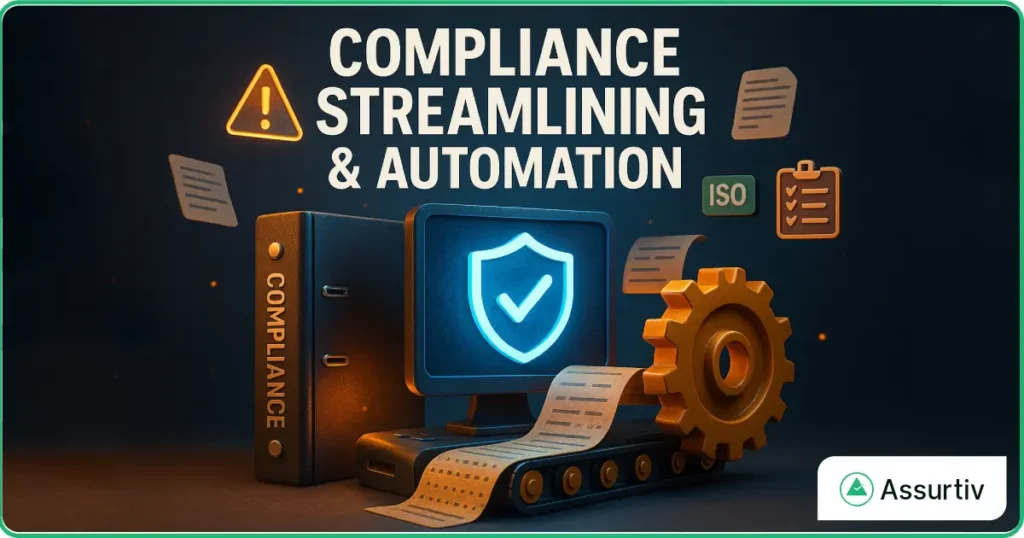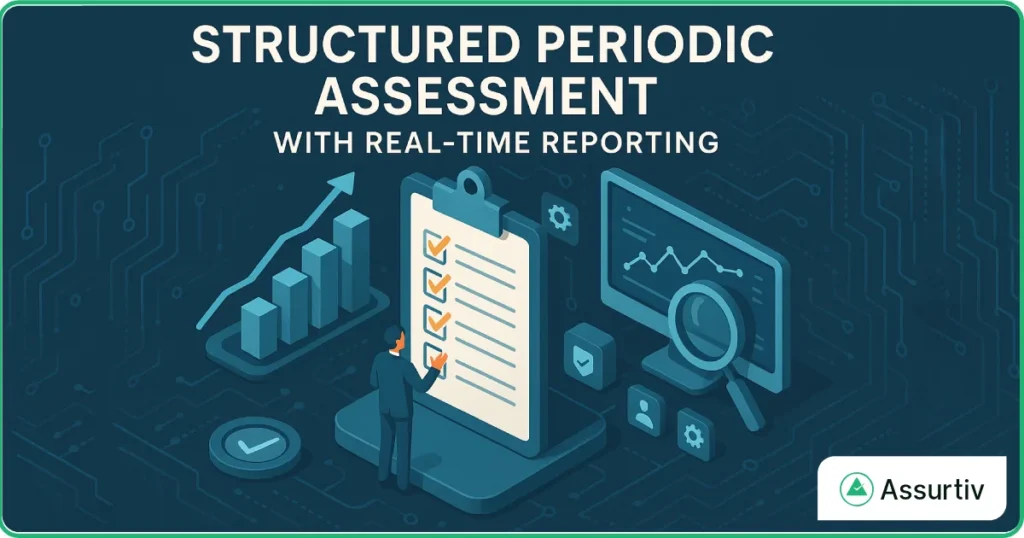Managing Risks in Net Banking with GRC
7 Jan 2025
 In recent years, we have witnessed a massive shift in how we manage our finances. The days of standing in long queues at the bank and waiting for our turn to speak with a teller are becoming a thing of the past. Instead, we are embracing a more convenient and efficient way of banking — net banking.
In recent years, we have witnessed a massive shift in how we manage our finances. The days of standing in long queues at the bank and waiting for our turn to speak with a teller are becoming a thing of the past. Instead, we are embracing a more convenient and efficient way of banking — net banking.
The Rise of Net Banking
Net banking, or online banking, allows customers to conduct financial transactions via the internet. This means you can transfer money, check your account balance, pay bills, and even open new accounts without stepping foot inside a physical bank. As Bill Gates once said, “Banking is necessary, banks are not.” This shift has made banking more accessible to people around the world, with everything now available at the touch of a button.
The Risks That Come with Net Banking
However, with this convenience comes new risks. “The digital age has made it easier for criminals to infiltrate systems,” says cybersecurity expert John McAfee. The more we rely on digital platforms, the more we expose ourselves to cyber threats. Online banking puts sensitive data, such as personal information and financial transactions, at risk of being hacked. Common risks include:
- Phishing Attacks: Fraudulent emails or websites that trick customers into sharing sensitive data.
- Data Breaches: Hackers accessing banks’ systems and stealing information.
- Malware and Ransomware: Malicious software that can steal or lock your data.
- Account Takeover: Cybercriminals gaining access to accounts through stolen credentials.
How GRC Tools Help Mitigate These Risks
As banking goes digital, ensuring security becomes critical. This is where Governance, Risk, and Compliance (GRC) tools come into play. “Risk management is not just a precaution, it’s a proactive strategy,” says business leader Peter Drucker. GRC tools help organizations manage risk, ensure compliance with regulations, and protect sensitive data.
Here’s how GRC tools can mitigate the risks in net banking:
- Risk Identification and Assessment: Identifying vulnerabilities and potential threats within systems.
- Continuous Monitoring: Real-time monitoring to detect unusual activity and take swift action.
- Compliance Management: Ensuring adherence to data protection and privacy laws like GDPR.
- Incident Management: Helping banks respond quickly to breaches or cyberattacks.
- Automation of Risk Mitigation: Tools that automatically lock accounts or alert customers in response to threats.
Why GRC is Essential for Future Banking
As banking continues its digital transformation, GRC tools are essential in protecting both financial institutions and customers. Without effective risk management, banks risk losing customer trust and facing financial loss. “In the new economy, the most valuable commodity is trust,” said author Bernard L. Madoff. GRC tools help maintain that trust by managing various forms of risk.
Conclusion
The shift to net banking brings both convenience and risks. To safeguard against these threats, it’s crucial for banks to implement effective GRC strategies. ASSURTIV, an AI-powered integrated platform, is designed to manage all your GRC needs. With real-time risk monitoring, compliance management, and incident response, ASSURTIV is the ideal solution for the banking sector, ensuring security, minimizing risks, and protecting customer data in the digital banking world.




